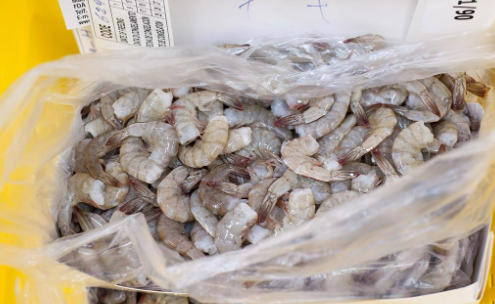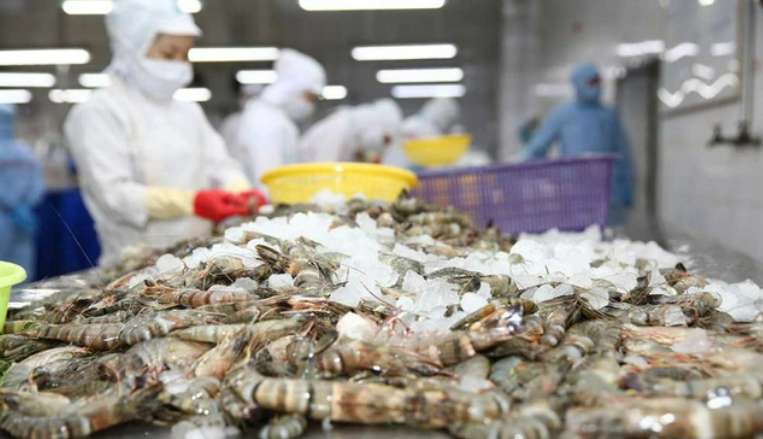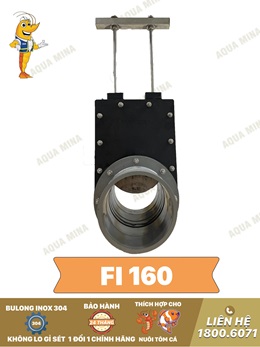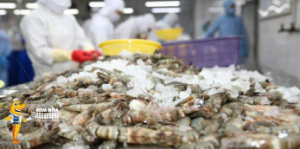New 2023: The reliance of the United States on imported shrimp from Ecuador is growing steadily
In May, the U.S. imported around 16,000 tons of shrimp from Ecuador, with an import value of about $116 million. Ecuador has surpassed Indonesia to become the second-largest source of shrimp after India in the U.S. market for that month.
Ecuador's Production and Competitive Advantages
Ecuador is progressively gaining a crucial position in the global shrimp industry due to its upgraded commercial shrimp farming practices over the past years, resulting in substantial production. Ecuador's shrimp production is recognized as more efficient compared to other Asian producers, with fewer disease issues, higher reliability, and better output. In order to compete, Asian countries need to enhance their technology and production efficiency to reduce costs.

In May, Ecuador overtook Indonesia to become the second-largest shrimp supplier to the United States.
Ecuador's shrimp has a sustainability advantage over its competitive counterparts like India and Indonesia, according to the seafood tracking rating of the Monterey Bay Aquarium's Seafood Watch. The Indian shrimp industry is grappling with habitat issues, government registration deficiencies, and inadequate assessment of environmental impacts. Additionally, the lack of chemical usage data has led to reduced imports from India by the U.S. and other countries.
Challenges for U.S. Domestic Producers
The domestic U.S. shrimp industry faces challenges in terms of competition and sustainability. Sun Shrimp, a Florida-based fresh shrimp producer, has been rated as a Best Choice by Seafood Watch due to its sustainable practices.
Besides quality concerns, competition in terms of volume and pricing is a significant barrier for domestic shrimp producers. Domestic shrimp producers have to struggle to compete, especially when meeting consumer demands for various shrimp product forms.

The natural shrimp sector, comprising a small portion of the import market, is facing challenges due to the impact of massive import volume on prices. The import-oriented market is driving down domestic shrimp prices, affecting both large-scale producers and small businesses.
Cre: vasep.com



















.jpg)